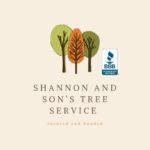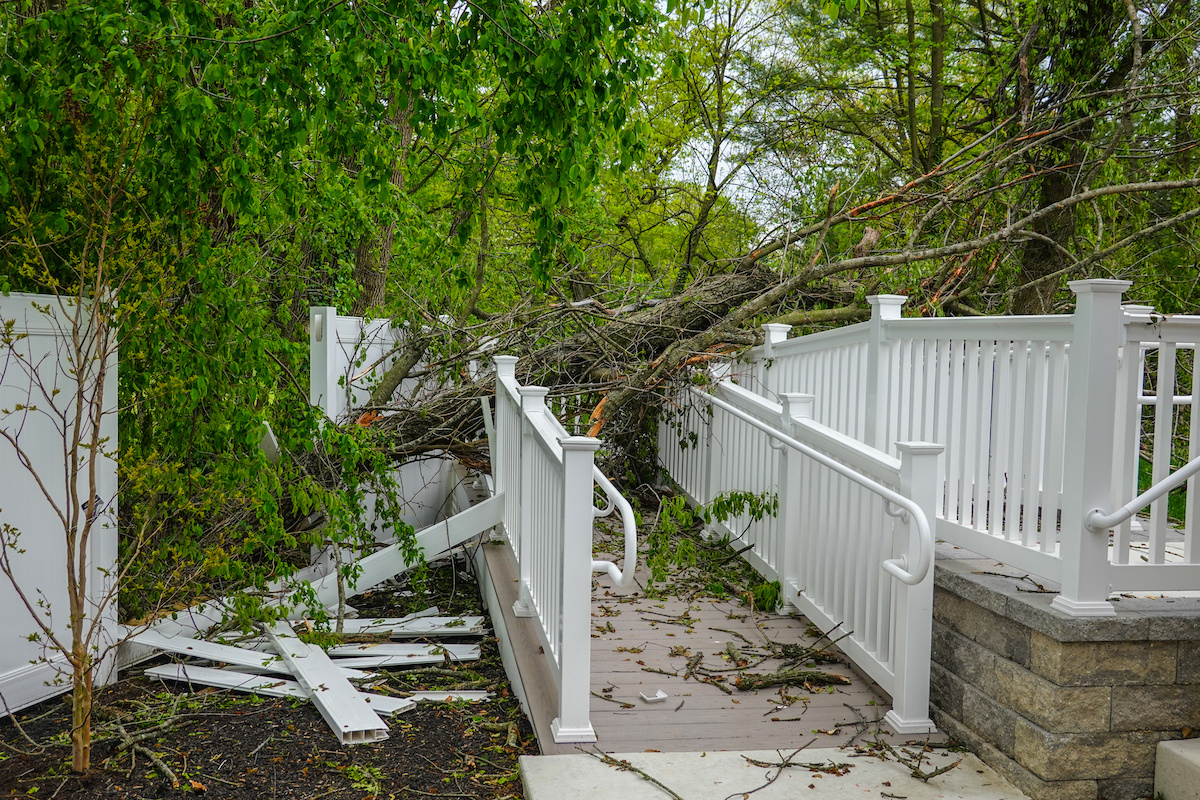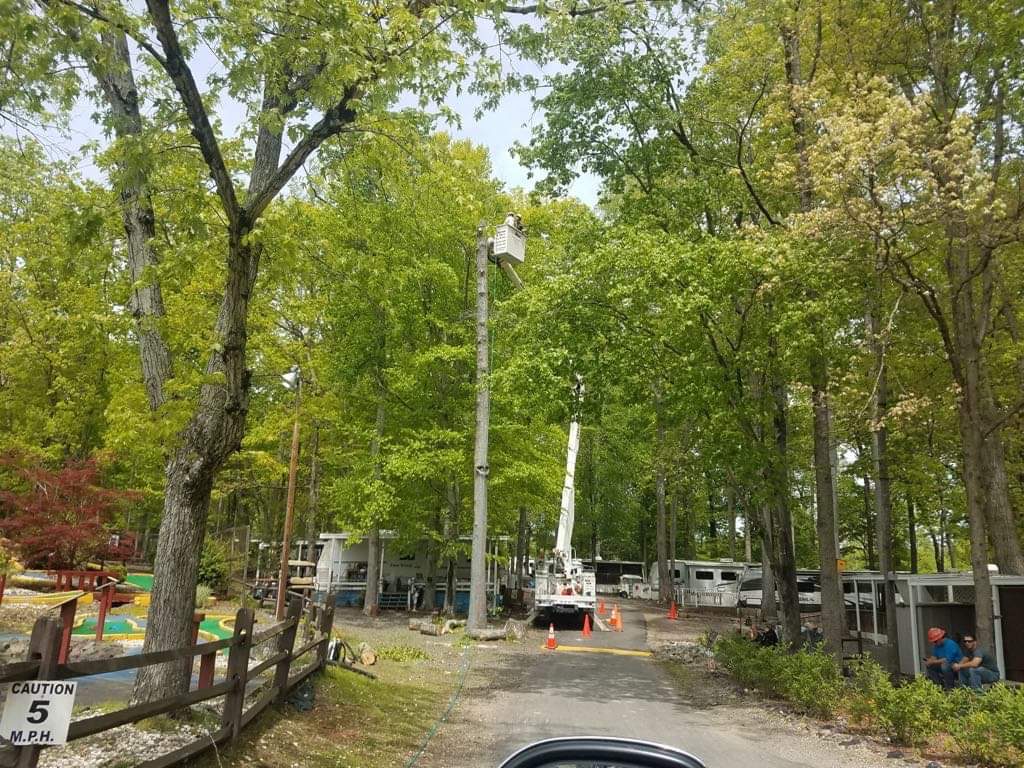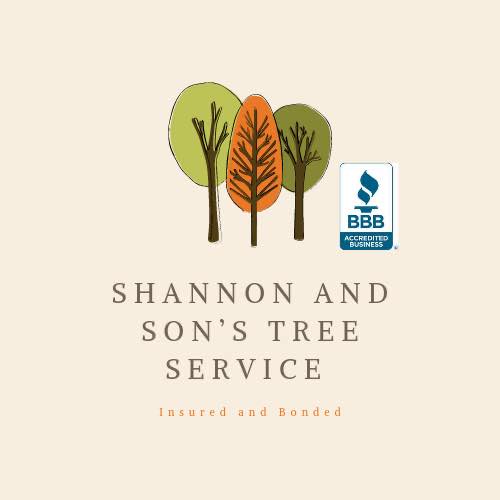Having trees on your property is undoubtedly beautiful and enhances the natural aesthetics of your home. However, like all things in life, trees too require maintenance and care to sustain their growth and beauty. As a homeowner, you must identify potential hazards and identify tree emergencies before they cause significant damage to your property or endanger people’s lives. It’s essential to understand the telltale signs of tree decline, which can prevent tree emergencies from happening. Today, we’ll discuss common tree emergencies and the steps you can take to identify potential hazards on your property.
Dead or Damaged Branches
Dead or damaged branches pose a severe safety risk and should be addressed immediately. These branches can fall without warning and can cause significant property damage or harm people on your property. If you notice any dead branches, inspect them carefully to determine if they need to be removed before they cause emergencies.
Tree Cracks
Cracks in a tree’s bark or trunk can indicate tree decline and potential hazards. Cracks occur when a tree undergoes extensive stress and strain, and if not addressed promptly, can cause trees to split or fall. If you notice any cracks, it’s best to consult a professional arborist who can assess the problem and recommend the best course of action.
Leaning Trees
Leaning trees can also indicate potential hazards and can pose a safety risk. When trees start leaning, it means that their roots may have been compromised, and they are struggling to maintain stability. Leaning trees can fall unexpectedly, and it’s essential to address them before they cause any damage.
Overhanging Branches
Overhanging branches can cause significant property damage, particularly during times of high winds or snowfall. If you have any overhanging branches, it’s wise to consider having them removed or trimmed to prevent emergencies and keep your property safe.
Insect Infestation
Insect infestation can cause severe tree damage, and if not addressed promptly, can result in tree death or decay. If you notice signs of insect infestation, such as borer holes or wilted leaves, it’s crucial to consult an arborist who can assess the situation and recommend the best course of action.
Common Tree Emergencies
Identifying potential hazards on your property is crucial to maintain the natural beauty of your home, and most importantly, to keep your family and property safe. Regular maintenance and care of your trees can help prevent emergencies from happening, and it’s essential to reach out to a professional arborist whenever you’re unsure of the steps to take. With these tips, you can identify potential hazards and keep your property safe.
Contact Shannon & Sons Tree Service today for all your tree service needs! We specialize in removing dead or damaged trees, trimming overhanging branches, and assessing potential hazards on your property. Our certified arborists will work with you to identify any problems and recommend the best course of action. Let us help you maintain the natural beauty of your home and keep it safe!



